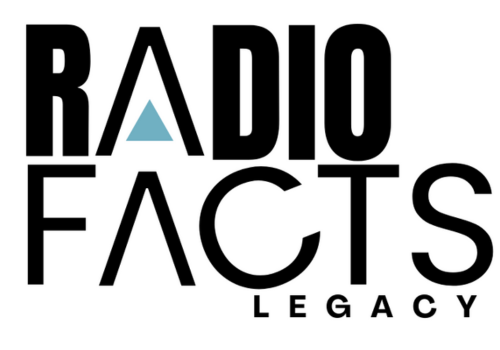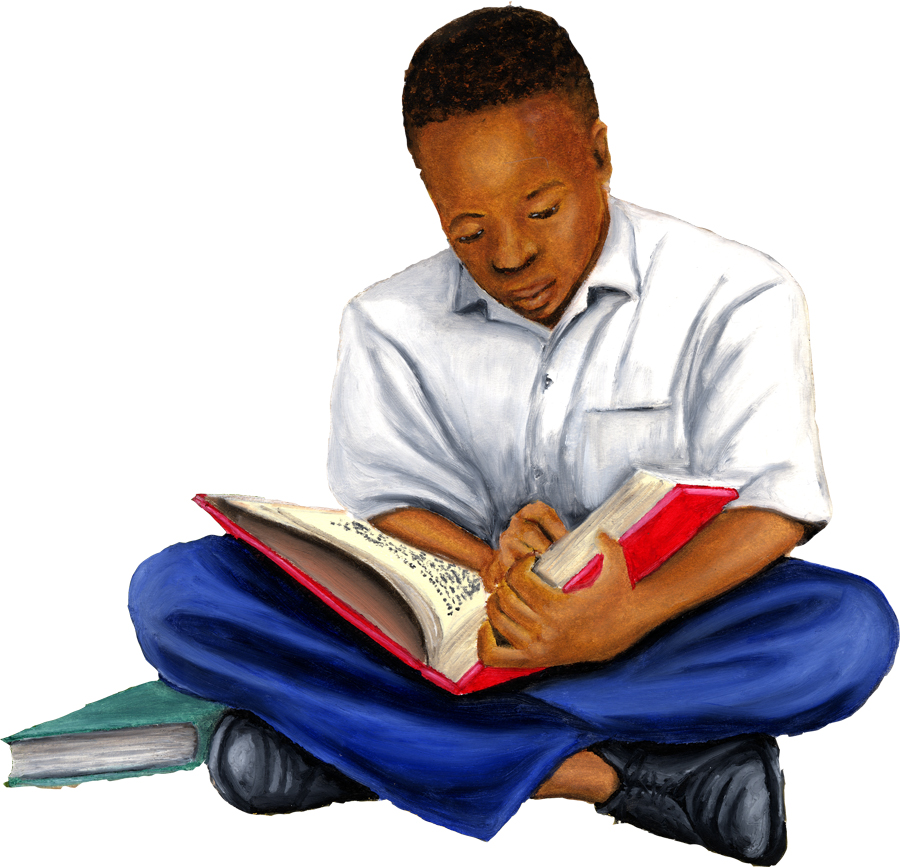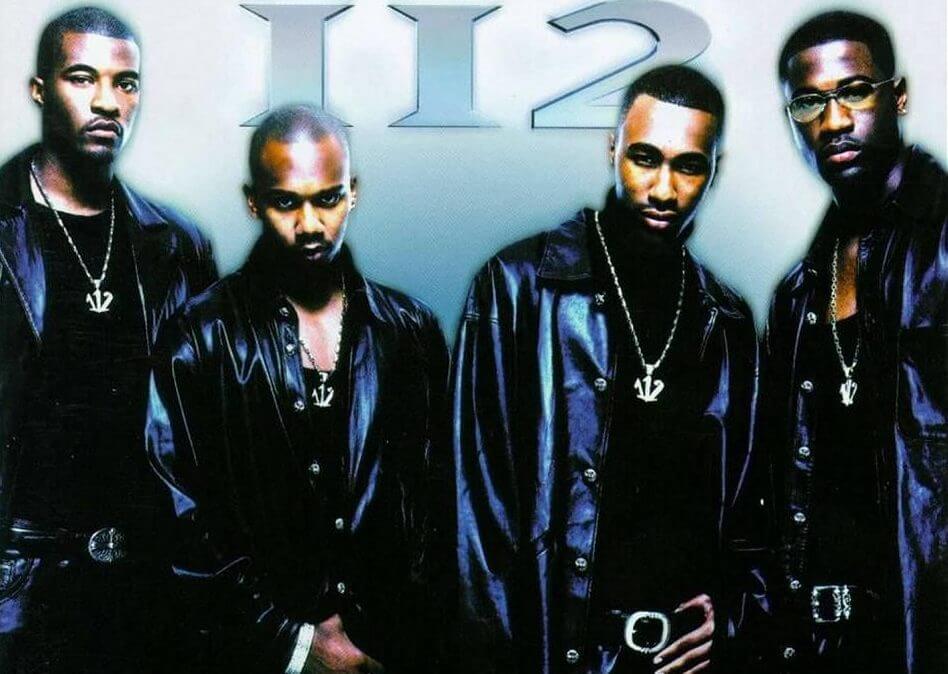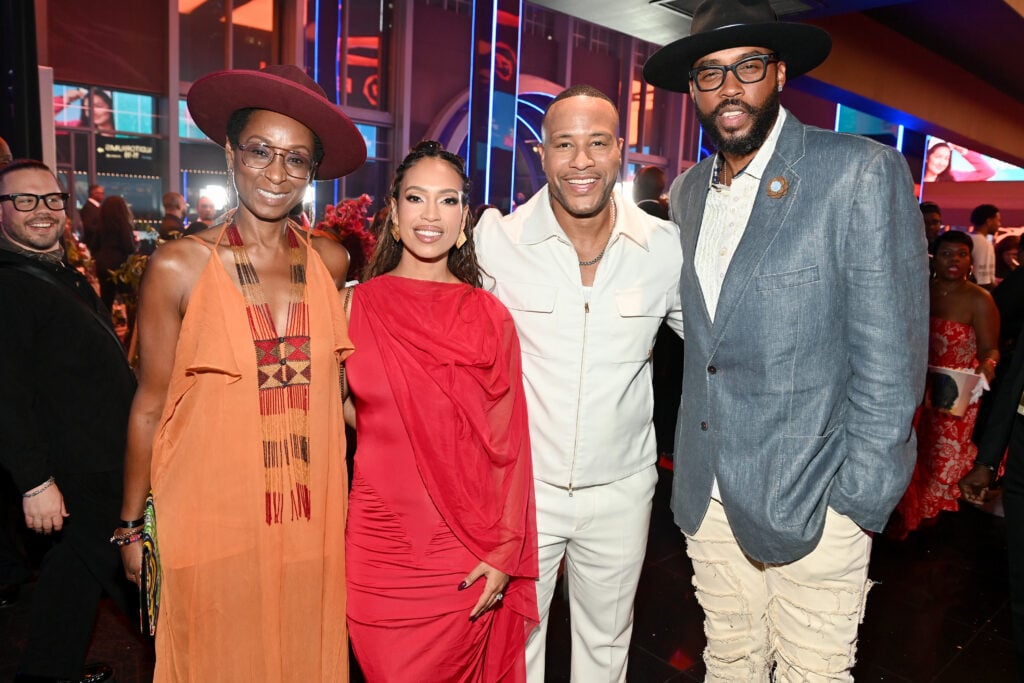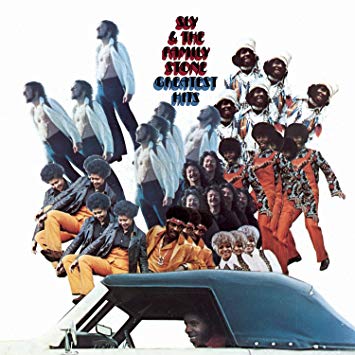
Saying this upfront, compiling a list of Top 10 anything is a recipe for more blowback than solidarity no matter how you slice it. So here is the specific idea of this commissioned Top 10 from me: ten albums that represented loud and proud in their individual sub-genres but that also boasted mass e e ive crossover appeal thus ultimately making them “pop” albums, as in “popular.”
These are by no means my personal favorite albums by these artists (in most cases) and they are not each artist’s artistic breakthrough or apex (though with the first four it is arguable). They are as I hypothesized above…and away we go.
10. Saturday Night Fever – Bee Gees/Various (SRO – 1977)
The omnipresence of The Brothers Gibb (Barry, Robin and Morris, a.k.a. the Bee Gees) – as a vocal group and as songwriter/producers of a string of instantly identifiable and undeniable hit pop records – was never more clearly reflected than in the multi-million selling/chart-topping 2-LP soundtrack to the fluke hit Disco flick “Saturday Night Fever.”
Their music dominated Top 40 airwaves and heavily crossed over to Black and international radio dials. While many consumers may have never even taken the second disc out of its sleeve – reveling exclusively in Side 1’s smash factory of “Stayin’ Alive,” “How Deep Is Your Love,” “Night Fever,” “More Than a Woman” and Yvonne Elliman’s “If I Can’t Have You”; all of which the brothers composed – it was merely the beginning.
The group not only included a second version of “More Than a Woman” – sung and performed by another group of singing brothers, Cape Verdeans Tavares – the soundtrack also included two of the Bee Gees’ previous hits “Jive Talkin’” and “You Should Be Dancing,” six dance class e e ics by KC & The Sunshine Band (“Boogie Shoes”), MFSB (a cover of the Nite-Liters’ “K-Jee”), percussion king Ralph MacDonald (“Calypso Breakdown”), New Jersey funksters Kool & The Gang (“Open Sesame”), innovative orchestrator Walter Murphy (a flip of the ol’ Ludwig Van’s 5th Symphony “A Fifth of Beethoven”) and Philly Dance group The Trammps’ (the explosive “Disco Inferno”).
The jam-packed package rounds out with three instrumental pieces of score by David Shire. When the infamous Disco backlash happened at the end of the `70s, MANY copies of this particular album – which epitomized the commercial zenith of the genre – were ‘burn baby burned’…and over 2,500 of the surviving copies can be purchased via the Discogs website for as little as 50 cents! But no coverage of Disco nor Pop music of the era can be discussed without referencing the ecstasy and the infamy of the infectious Bee Gees-inflected “Saturday Night Fever”
9. Purple Rain – Prince and The Revolution (Warner Bros. – 1984)
Mercurial music man Prince Rogers Nelson has had more lightning rod albums such as Dirty Mind, 1999 and Sign O’ The Times, but he truly arrived on a first-name basis with the Pop world with the explosion of his 9-song contribution to the film prophetically created to be his launching pad to superstardom, “Purple Rain. ”Every song became an audio-video class e e ic: from the liberating opener “Let’s Go Crazy” to the glorious finale “Purple Rain” and every song in between – “Take Me With U” (a duet with film co-star Apollonia), the power ballad “The Beautiful Ones” (which builds to an ear-shattering climax), the instrumental workout “Computer Blue” that leads into the sex-drenched “Darling Nikki” (which topped Tipper Gore’s “Filthy 15” hitlist of X-rated songs that begat the Parental Advisory Sticker on recordings), the revolutionary “When Doves Cry,” and the one-two showtime punch of “I Would Die 4 U” and “Baby I’m a Star.
”The-crazy-little-mixed-up-film-that-could also featured Prince’s Minneapolis Funk nemesis’ Morris Day & The Time and sexy pop tarts Apollonia 6 (a revamp of Vanity 6), but their songs from the film were strategically included on albums of their own.
Imagine if “Jungle Love,” “The Bird” and “Sex Shooter” had also been included on a more traditional “Purple Rain” soundtrack? Heavy Weather, indeed.
8. Frampton Comes Alive! – Peter Frampton (A&M – 1976)
British guitarist, vocalist and songwriter Peter Frampton had been a member of the bands The Herd and Humble Pie before signing to A&M Records as a solo artist in the early `70s. He released four mildly performing studio albums at the company which was beloved for sticking behind artists it truly believed in. That loyalty paid off grandly when a double-LP live album was painstakingly cobbled together by Frampton from shows performed in four separate venues from northern California to Pittsburgh.
This juggernaut spawned the crossover Top 40 AM radio hits “Show Me The Way” and “Baby, I Love Your Way” as well as the deeper FM radio staples “Lines On My Face” and “Do You Feel Like We Do.
”The real magic was in the way Frampton re-sequenced and sweetened the raw live tapes to create a live rock concert experience that, unlike most live rock albums of the period, sounded great and truly transported you into the experience – from the quiet intimacy of numbers like “(All I Want to Be Is) By Your Side,” “Wind of Change” and the acoustic instrumental “Penny For Your Thoughts” to the rave ups “Something’s Happening,” “I Wanna Go to the Sun” and a cover of the Rolling Stones’ “Jumping Jack Flash” (the only song of the 14 not penned by Frampton – cha-ching).
Slap a cheeky foldout photo of Peter clutching a black custom Les Paul guitar with his golden backlit locks on the cover that doubled as a gatefold bedroom poster and you have the rock shot heard `round the globe.
Click NEXT for the next album.
7. Thriller – Michael Jackson (Epic – 1982)
From child star to supernova, Michael Jackson became “The King of Pop” behind the unprecedented success of his second Quincy Jones production, Thriller – the undisputed international biggest selling album of all-time. Interestingly, of the 9-song album’s seven Top 10 Pop charters, Epic led off with the weakest for the pre-release first single: the Paul McCartney duet “The Girl is Mine. ” Next came the bedrock paranoia funk of “Billie Jean,” the song that’s accompanying music video broke the color barrier at MTV followed by Jackson’s historical performance on the “Motown 25” television special.
The hard-rockin’ “Beat It” boasted a “West Side Story”-inspired anti-gang video and a searing guitar solo from special guest Eddie Van Halen. “Wanna Be Startin’ Somethin’” lit up the dancefloor while “Human Nature” fired up imaginations (including that of Miles Davis who recorded a jazz version). The catchy and soulful “P. Y. T. (Pretty Young Thing)” was needed Funk from the pen of Q-discovery James Ingram.
And the title track “Thriller” (one of three penned by the masterful Rod Temperton) made history as an extended length music video (it debuted as an MTV television special) pairing Michael on a date gone “bad” with Black Playboy playmate Ola Ray and featuring a priceless spoken word breakdown by legendary master of the macabre Vincent Price.
Temperton’s other two compositions were the achingly sensual “The Lady in My Life” (which, as arranged by Onaje Allan Gumbs, led jazz guitarist Stanley Jordan’s Magic Touch album to scores of weeks at the top of the Billboard Contemporary Jazz chart) and the album cut favorite “Baby Be Mine. ” Thriller was the #1-selling Pop album for the Christmases of 1982 and 1983, and resides in the Library of Congress National Registry of culturally significant recordings.
6. Greatest Hits – Sly & The Family Stone (Epic – 1970)
There had been greatest hits collections before Sly’s…but none as perfectly executed and well-timed. The Family Stone got off to a rocky start in 1967 with its hitless debut LP, A Whole New Thing but their joyful music and sparkling image of a band of Blacks & Whites/brothers and sisters was about to rise.
The next albums Dance to the Music and Life yielded 1 + 2 hit punches, respectively. It was the fourth album, Stand, that set AM and FM radios ablaze with no less than 5 smash hits that doubled as mindset markers for 1969’s Summer of Love: “Stand,” “I Want to Take You Higher,” “Everyday People,” “You Can Make It If You Try” and “Sing a Simple Song.”
Following an electrifying wee-hours set at Woodstock, the band had arrived at its apex in a mere two and a half years of recording. Superstar songwriter and leader Sly Stone (born Sylvester Stewart) was beginning to veer off the rails under both the wings and the weight of his fever-pitched rise into power, popularity and persuasion.
When Stone failed to deliver a new album as scheduled in 1970, CBS Records President Clive Davis mandated a very special Greatest Hits package – one that sidestepped the rising darkness and foreboding in Sly’s last effort (“Don’t Call Me Nigger, Whitey” and “Sex Machine”) in favor of all the danceable uplift that got him there…PLUS THREE NEW SONGS that would also be smash hits: “Everybody is a Star,” “Hot Fun in the Summertime” and “Thank You (Falletinme Be Mice Elf Agin).”
Again, record companies had assembled greatest hits on artists that maybe included one or two new songs…but none had done one boasting three new hits!
Sly & The Family Stone’s Greatest Hits celebrated not only the end of a Peace/Love/Unity era but also the band as it was conceived. Sly turned the corner into the `70s recording his next effort, There’s a Riot Goin’ On, largely alone or with shadowy figures.
5. Kind of Blue – Miles Davis (Columbia – 1959)
Trumpeter Miles Davis walked into Columbia 30th Street Studio on March 2, 1959 with a sextet that featured John Coltrane on tenor saxophone, Julian “Cannonball” Adderley on alto saxophone, Wynton Kelly (for one song then Bill Evans on all the rest) on piano, Paul Chambers on bass e e and Jimmy Cobb on drums…plus a few ideas sketched on paper.
Though he knew he was shooting for something refreshing, reflective and relaxing, he had no idea how his modal approach to Jazz would seduce listeners around the world.He got three songs down that day and another two on April 22, overall inspired by his disappointment in returning to an icy America after a rapturous reception in Europe…the exclamation point being assaulted by two policemen with blackjacks outside of a nightclub he was headlining (his name on the marquee) after walking a pretty white woman to her cab.
Thus, the title: Kind of Blue.At turns brooding, swingin’, sensual and evocative, all five compositions – “So What,” “Freddie Freeloader,” “Flamenco Sketches,” “All Blues” and “Blue in Green” – have become class e e ics, and the LP the hands-down best-selling Jazz album of all-time. It is the proverbial if you own but one Jazz album at all, this is the one that says it all.
4. Tapestry – Carole King (Ode – 1971)
After years of brilliance writing songs in New York’s fabled Brill Building – most with partner Gerry Goffin – singer/songwriter/pianist Carole King struck out as an artist in her own right and became the face of a movement with Tapestry: her artistic declaration of independence.
Unlike Joni Mitchell who started out as a folky or Laura Nyro whose singular songs of introspection were made great hits by others but never the artist herself, Carole King was a masterful Pop songstress who could write in many styles and make them all sound authentic.
She got to have her cake of stardom and eat at the table of respected crafters of song. So penetrating and ubiquitous were her songs that they were covered by men and women alike…and a lot of Black artists ranging from Billy Paul, The Isley Brothers (who covered three of them on their album Brother, Brother, Brother) and Gulf Coast instrumental quartet The Crusaders (featuring Larry Carlton on guitar) to a pairing of Donny Hathaway & Roberta Flack, and Quincy Jones (who SANG the Western story song “Smackwater Jack” as the title track of his third album for A&M Records).
New songs “I Feel The Earth Move,” “So Far Away” and “It’s Too Late” fit snugly with Carole’s interpretations of songs wrote that were hits for others – “Will You Still Love Me Tomorrow,” “You’ve Got a Friend” and the LP’s epic finale “(You Make Me Feel Like) A Natural Woman” which no-less than the Queen of Soul had already made her own – provided the soundtrack for `71/`72 making Tapestry a must have across genre lines.
3. Innervisions – Stevie Wonder (Tamla/Motown – 1973)
Stevie Wonder’s 7-album `70s output from the gap-bridging Where I’m Coming From and Music of My Mind to the brilliant yet too-oft-misunderstood Journey Through The Secret Life of Plants remains an unparalleled string of brilliance, hit-making, virtuosity and prolific profundity.Yet no single album encompasses and encapsulates the scope of that genius finer than Innervisions which landed smack in the middle, circa `73.
The Jazz trip of a poor girl’s all-too-brief flirtation with drug use set to Stevie’s double tracked harmonicas and shimmering Rhodes on “Too High,” the serene dream of universal peace “Visions,” the stark ghetto portraiture of “Living For The City,” the woman-as-sanctuary love letter “Golden Lady,” the striver’s anthem “Higher Ground,” a tap on the shoulder for those blindly following the Born Again Christian movement “Jesus Children of America,” the stone cold truth about matters of the heart “All is Fair in Love,” a recess of joy in the Latin-tinged “Don’t You Worry `Bout a Thing” and some parting words on hypocrisy “He’s Misstra Know-It-All.” Sure, Talking Book, Fulfillingness’ First Finale and the bountiful Songs in the Key of Life are all amazing in their own way.
Still, Innervisions is a taut and terrific 360-degree masterpiece no matter what angle from which it is approached.
2. Revolver – Beatles (Parlophone – 1966)
The Beatles’ Revolver found ‘The Fab Four’ making good on the loftier highlights of their sixth LP, Rubber Soul (“Nowhere Man,” “Norwegian Wood,” “In My Life” and “Think For Yourself”) with a project that would create a whole new lane for studio experimentation, expansion of songwriting themes beyond love, new sounds, a more unified band concept of showcasing individual members’ contributions, and complete disregard for recording an album they could play in concert.
Following three months off, the men used the studio as an incubator to revel in what would become a bedrock entry into Psychedelic Rock with songs ranging from George Harrison’s fuzzy and incendiary “Taxman” followed by the string octet accompaniment (inspired by Bernard Hermman’s score for Alfred Hitchcock’s “Psycho”) for Paul McCartney’s character study on loneliness “Eleanor Rigby” to the trippy LSD-fueled sing-a-long of “Yellow Submarine” (sung by Ringo Starr) and the transcendental Hindustani classical music that illuminated the ode to hedonism “Love You To.”
The quartet was pulling musical and lyrical inspirations from everywhere yet the work has a loosely cohesive and spellbinding feel.
With 16 songs recorded during the sessions (14 that made the U.K. edition, edited to 11 in the U.S. plus a non-album double-A-sided single of “Paperback Writer” and “Rain”), it is also the band’s last invitingly interactive LP in its openness for fans to shuffle and sequence the mind-altering selections at will.
No less than nine new recording techniques were introduced on Revolver inspiring the band’s then-new engineer Geoff Emerick to state, “I know from the day it came out, Revolver changed the way that everyone else made records.”
1. What’s Going On – Marvin Gaye (Tamla/Motown – 1971)
What The Beatles, Beach Boys, Bob Dylan and so many others so laboriously attempted to do with the so-called “concept album,” Marvin Gaye accomplid in wide strides of heart, focus and purpose on What’s Going On – a song cycle so thoughtful yet heartfelt, so prayerful yet angry – it is the very definition of timely and timeless.
Inspired by his own blues, the blues of America as the `60s melted into the `70s and, most specifically, stories his brother Frankie brought back from Vietnam, What’s Going On is a soulful extended meditation on what was F$&ked up about America then (war, the ecology, the children, the tax man) with not much changing as we listen in now.
As crystal clear in lyrical intent and missive as it is richly engaging from merging musical standpoints of Jazz, Soul, Gospel, orchestra and Afro-rhythms, What’s Going On is an inner-city storefront church palmed in the hands of a prophet and held up to the sky for God to kiss and make better.– A. Scott GallowayMarch 8, 2019

